Lieutenant “Charlie” Henderson survived two U.S. submarine losses, six near misses, and a later Kamikaze attack.
Highlights from the Sculpin
Diary Excerpts
October 1941: “ . . . we left Pearl Harbor October 23rd after two of the most hectic and confused days of my life. Such a short time in which to arrange everything and my bride and I so bewildered we didn’t know what we were doing. I guess we knew all along that there would be a war . . . “
At Manila: “Kurusu arrived in Washington. We hang on every news broadcast. The situation becomes more tense. We wonder where our fleet is. What a pitifully inadequate little handful of Navy ships in the harbor.”
“The nonchalant attitude of people is most amazing.”
“Oh, there’s no strain out here.”
“The situation’s under control.”
“Suppose they do come—we’ll take ‘em.”
“We would like to see some cruisers and planes, but tactfully hold our tongues.”
“Sunday—Dec 7th. Returned to ship at 2:30 a.m. after a dinner party at [the Army and Navy] Club for ship’s officers [in Manilla]. At 0330 I was awakened with the fateful news “Japan has commenced hostilities. . . . We blacked out and the nest of ships quickly dispersed to anchor singly to minimize the danger from air attacks. Feverish preparations. Thank God we were all ready except a very few last-minute items. Wondered all day about the planes. Will they come? Will they come now? When? But they didn’t and we left at dusk in convoy out through the minefields. Air raid at Corregidor while going out. Searchlights everywhere in the air but none in the water. We collided with one of the buoys marking the edge of the minefield. It is dark as pitch. Clear finally. Left the convoy at dawn. This begins our first patrol. And I personally breathe a prayer for our country, our ship, and for the whole world, and for my bride not to worry.”
Key Patrol 1–4 Comments
“I haven’t been able to fix the ship’s position in four days. The sounding machine breaks down. What wild navigation! By guess and by God—truly. We make landfall 60 miles from where we think we are. But can you wonder? No navigational lights—nothing to go by. We almost ran aground. Ah well, if we run aground, we run aground—no sense getting gray over that!
A dispatch from Chief of Naval Operations to the Asiatic Fleet, commending us for our gallant and skillful conduct, but indicating that we are it—the thin red line of heroes as Kipling says. Damnit, where are the cruisers, where is the fleet? The Japs are landing. But those are silent thoughts.
We receive no press news—what’s going on in the world? All we know is a little bit we gleam from the nightly operation order and that concerns only the immediate theater of war.
Christmas Day. They do prepare a good dinner, considering what we have, which is all canned. I break open the medicinal whiskey and with powdered milk and our last eggs, we concoct a fair eggnog, breaking about 40 Navy Regulations in so doing.
January 8—Nothing at Ramon—enroute new station. Today I had my first bath since the war started.
January 17—At Balikpapan, Borneo—came charging in at sunset for fuel. Leaving before dawn. Had our first news of the war today. Amazed at developments. Air raids here daily. Dutch standing by to blow up refinery. Got 100 pounds of sugar and a case of milk which we have been without for days now.
People here expect to have to fall back to the jungle any day now. Farrakhan burned to the ground a few days ago.
The [commandant] jokes “A hell of a war, too damn hot to fight down in this part of the world.” He seriously expects the Japs to collapse within five months.
Second Patrol—East of Celebes and Molucca Sea
February 5—Yesterday they bombed Surabaya. We left there only five days ago. Pearl Harbor, five weeks ago, Manila – one day later, Subic Bay eight days later, Balikpapan . . . they captured the place three days after we fueled there (the Dutch had to blow up that immense refinery); and now Surabaya. Guess we are lucky to have missed it all. But this undersea work is not easy either. . . .
Our time in Surabaya was a strange combination of hurried, tense confusion, and wild, utter abandon and relief of a sort, from the trials of life at sea. . . . The Dutch mechanics and about 200 others were literally swarming over the ship. They did about a month’s work in 6 days—but everything was too hurried—inches to centimeters and back again, they were not familiar with our machinery, and we were not able to supervise everything. But they were wonderful and did their best. . . . We had no opportunity to test the machinery and made our first dive with some misgivings. Nearly everything worked, and she still floats and dives O.K.
At the end of the patrol, Lieutenant Henderson learned his previous sub, the Shark, had gone down and was presumed missing.
Third and Fourth Patrols
The Sculpin relied on Australian ports of Perth and Brisbane for patrols 3 through 6 as Americans had been pushed out of all ports from China to Truk and south to Java and Celebes.
In March, the Sculpin’s skipper, then–Lieutenant Commander Louis Chappell, fired three torpedoes each at three freighters and all failed:
Chappell was angry. All these shots were easy setups. He decided there was definitely something wrong with the torpedoes and requested permission to leave station and return to Fremantle. He wrote, “If truth must be told, the Commanding Officer was so demoralized and disheartened from repeated misses he had little stomach for further action until an analysis could be made and a finger put on the deficiencies responsible and corrective action taken.”
A Depth Charging Example—One of Six
On the fourth depth charge, the stern diving rudder jams and we start up. Oh God! We can’t surface now—they’ll get us for sure if we do. “Hold her down Jack.” The up-angle increases—men work frantically to clear the rudder. There, they’ve got her. We catch her in time and down we go again.
The sound head is O.K. now. . . .
Now the ship is heavy for some reason. We have to speed up to hold her. She is sinking slowly—275, 280, 300—she settles there. [The hull is only tested to 265 feet].
We can’t pump water out, or blow water out, because they will hear us if we do. All the machinery on the ship had long since stopped, except the motors, to try to remain silent. No ventilation, not even a tiny electric fan. We are all dripping with perspiration.
We sink further—310, 320—finally we catch her at 345 feet.
The fully dressed USS Sculpin (SSN-590) is ready to launch at the Ingalls Shipbuilding Yard in Pascagoula, Mississippi on 31 March 1960. U.S. Naval Institute Photo Archive
Fifth Patrol—The Near Loss and Heroic Action
September 30—Two days ago we got the worst beating of the war to date. Attacked a big tanker protected by planes and a sub chaser. The Captain made a beautiful approach, and we got two, maybe three hits on him. He sank. But all hell broke loose as soon as we fired. Bombs literally rained down on us from the air. The sub chaser called in another patrol vessel and spotted us accurately—then let go right on top of us. Three deafening crashes—the whole ship shook and trembled. It jarred open valves, ruptured hull fittings, broke glass and nearly all the light bulbs. I couldn’t begin to itemize the damage. There were leaks in every compartment. The worst was in the forward battery, a steady stream of water pouring in at enormous pressure through a ruptured fitting. I went forward. When I saw it—water already several inches deep on deck—I said, “oh dear God, this is it I guess.” Then I forgot all about God and everything else in the world except stopping the leak and keeping the water out of the battery in the deck below.
Lieutenant Henderson abbreviated the details of this 1942 near disaster:
The leak was 1/4 inch in diameter. It was in the discharge pipe from the officer’s head located in a tiny cubicle at the corner of the officer’s bunking area above the forward battery compartment.
During some previous overhaul, this pipe had been drill-tested to ensure that the metal still met the rigid specifications for strength. And the test hole was mistakenly located outboard of the sea valve . . . had the test been made on the section of pipe inboard of this valve, the leak would not have occurred even if the faulty plug had not been replaced [emphasis added].
So, the water was gushing in . . . the sea pressure forced enormous amounts of water through that hole. Baldwin, the chief auxiliary man, immediately fashioned a wooden plug by sawing off the conical shaped end of a paint brush. We tried innumerable times to insert this plug into the hole against the pressure of the incoming water stream with no success.
The space between the pipe and the adjacent rigid steel bulkhead was only about two inches, barely enough room for a person’s hand to reach in.
While Baldwin was desperately working on the leak, I had improvised a dam around the hatch that opened to the battery compartment below. We used mattresses and bed linen from the bunks. This proved effective. The water ran down the deck from the head and flowed around the dam to the after end of the compartment, where it accumulated and at one point reached a depth of over a foot. We started a bucket brigade and transferred the water to the pump room bilges located underneath the control room.
The diving officer, had to keep a large “up” angle on the boat to maintain depth [he could not pump the water out–the noise from the pumps created a “bullseye for the Nips” sound detection instruments].
Lieutenant Commander Chappell . . . concentrated on the sonar reports and occasionally maneuvered to confuse the enemy and help escape. . . . He also noted that we were slowly sinking despite skilled efforts. The crew was quietly working to keep the submarine running, prevent her from sinking, and repair the extensive damage that had occurred in every compartment.
. . . The propellor noise and “wake” turbulence increased but only slightly . . . finally ship stabilized at 325 feet, 60 feet beyond test depth . . .
It became apparent that we needed a device to steady that plug in the stream of water and enable us to push the plug in and hold it in place. Suddenly a possible solution took shape. I said “Baldwin, drill a hole in the handle perpendicular to the axis and wire the plug to a crowbar . . .” He rushed to his workbench in the pump room, and returned within a couple of minutes with the crudely fashioned implement. We pushed the crowbar into the space between the pipe and the bulkhead, jiggled the crowbar in front of hole, got it centered and jammed it home. THE LEAK STOPPED IMMEDIATELY! . . .
The pinging became fainter, and sonar reported “All Clear” . . .
We are all thankful to be alive. I hope the damn tanker was loaded with aviation gas! For the first time since the war began this awful destruction horrified me no end. That is the ninth ship we have torpedoed. It makes me want to do something after the war is over, something grand and constructive and worthwhile—I’d like to build something: bridges, dams, something to make up for the horrible, awful destruction. And yet I know that what we are doing now is worthwhile if it makes men free again.
Under more than the usual amount of tension we finished the patrol without further damage. Upon return to base the repair crews did a first-class job of effecting a satisfactory repair to the leak.
Sixth Patrol and After
By this time, the submarine force supply chain and maintenance and repair capabilities had improved. See Table 2.
The Sculpin had an uneventful patrol off Truk then ended her sixth patrol in Pearl Harbor after traveling 55,000 nautical miles. Next came her first overhaul since the war’s start at San Francisco.
At the end of this patrol, Henderson departed the ship for a new command, the USS Bluefish (SSN-222), only to find Lieutenant Ted O’Connor, his bride Noreen’s brother, was reported missing aboard the USS Grampus (SS-207). Henderson escaped death by transferring from both the USS Shark (SS-174) and the Sculpin.
The Sculpin’s Last Battle
The Sculpin was attacked briefly on the ninth patrol in 1943, was depth-charged severely, had to surface and fight it out with a destroyer, then was scuttled to prevent ship capture. Commander John Cromwell, the wolf pack commander on board, decided to go down with the ship and was awarded the Medal of Honor; a Naval Submarine School Building in Groton, Connecticut, was named after him. The crew was captured, with half put on a transport and half on a Japanese carrier. The nearby USS Sailfish (SS-192) sunk the carrier not knowing Americans were on board; all but one died.1
In Closing
Miraculously, the submarine force powered up, building 232 more submarines, and sank the bulk of Japanese warships and shipping. But 52 U.S. submarines were lost, 25 (48 percent) in waters near Japan and China. Only about 15 percent were sunk in deep water well away from enemy ports.2 Questions remain about how many submarines the United States could build today, how many the Navy could afford to lose in a conflict, and where they would be deployed. The diaries of Lieutenant Henderson provide a window into how sailors navigated in perilous, sometimes uncharted waters, and the emerging submarine tactics in a time of war—lessons the Navy would do well to remember in the modern age.
1. See also Theodore Roscoe, United States Submarine Operations in World War Two (Annapolis, MD: U.S. Naval Institute Press, 1949); and Clay Blair Jr., Silent Victory: The U.S. Submarine War Against Japan (Philadelphia, PA: J. B. Lippincott Co., 1975).
2. Roscoe, United States Submarine Operations in World War Two.
3. The full text of Lieutenant Henderson’s diary was published in the Naval Submarine League’s The Submarine Review in 2022. His Bluefish depth charge evasion tactic can be found there.
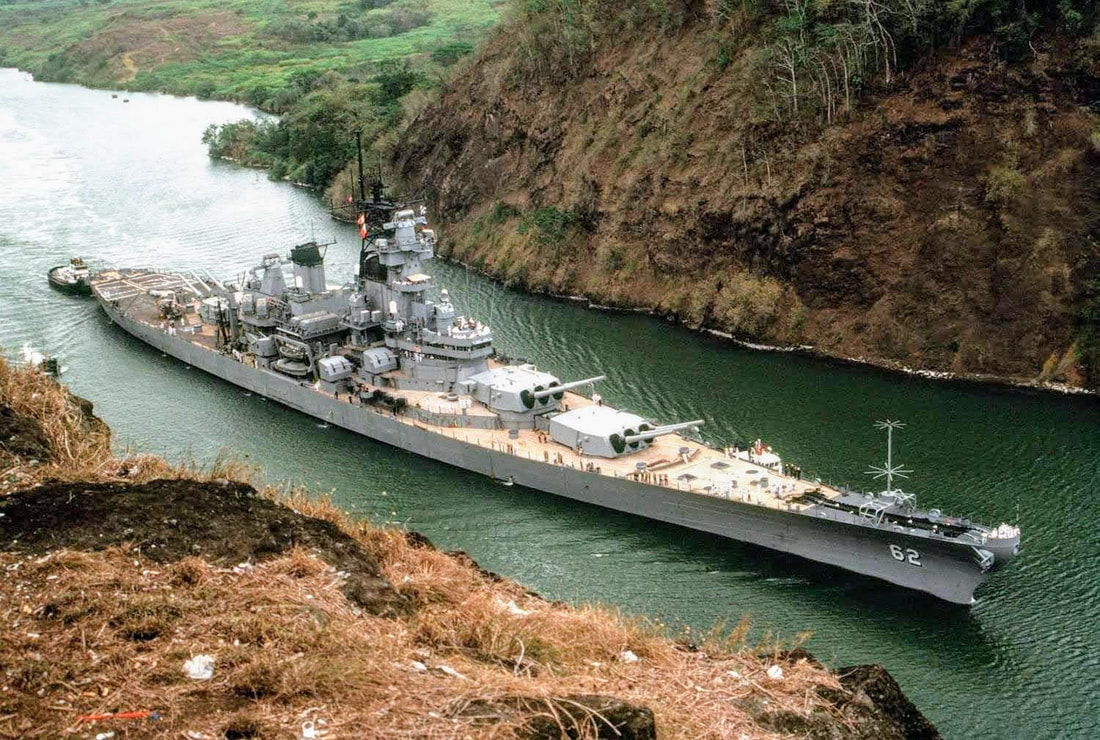
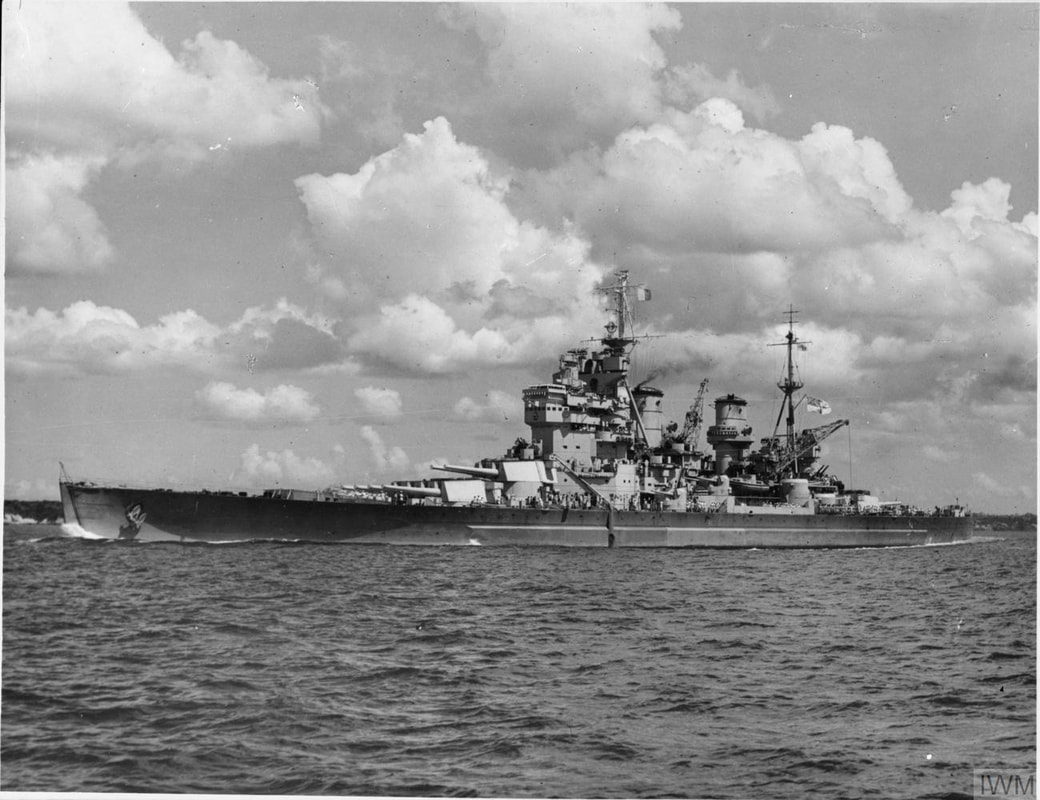
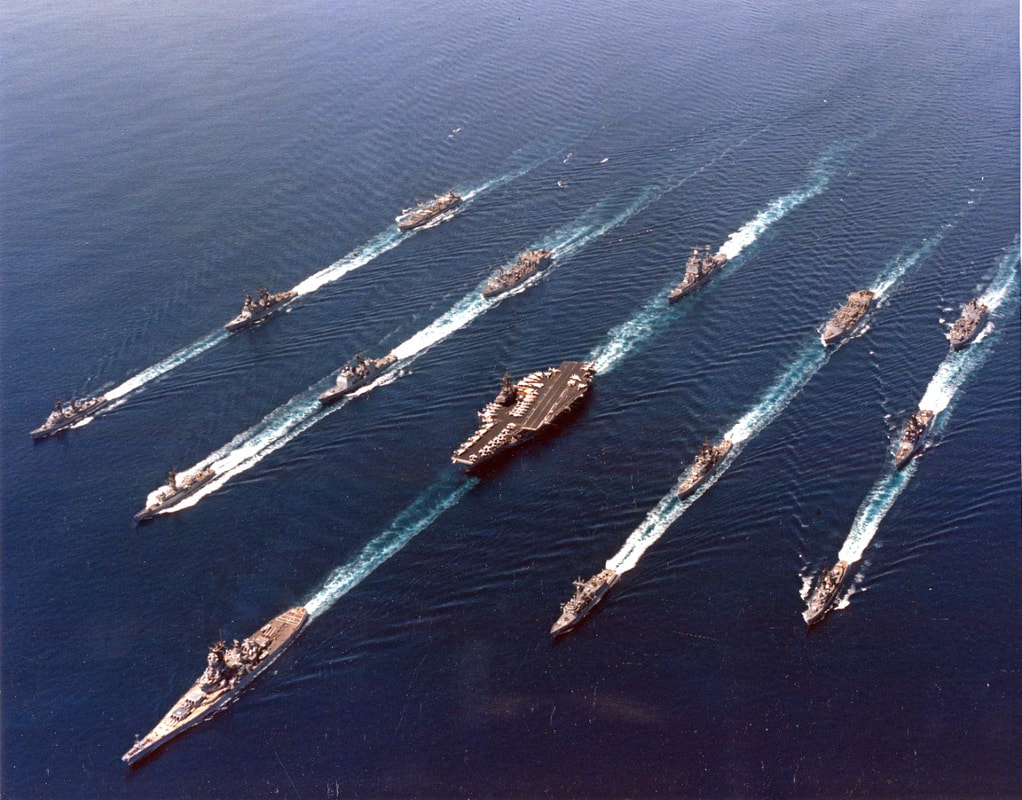



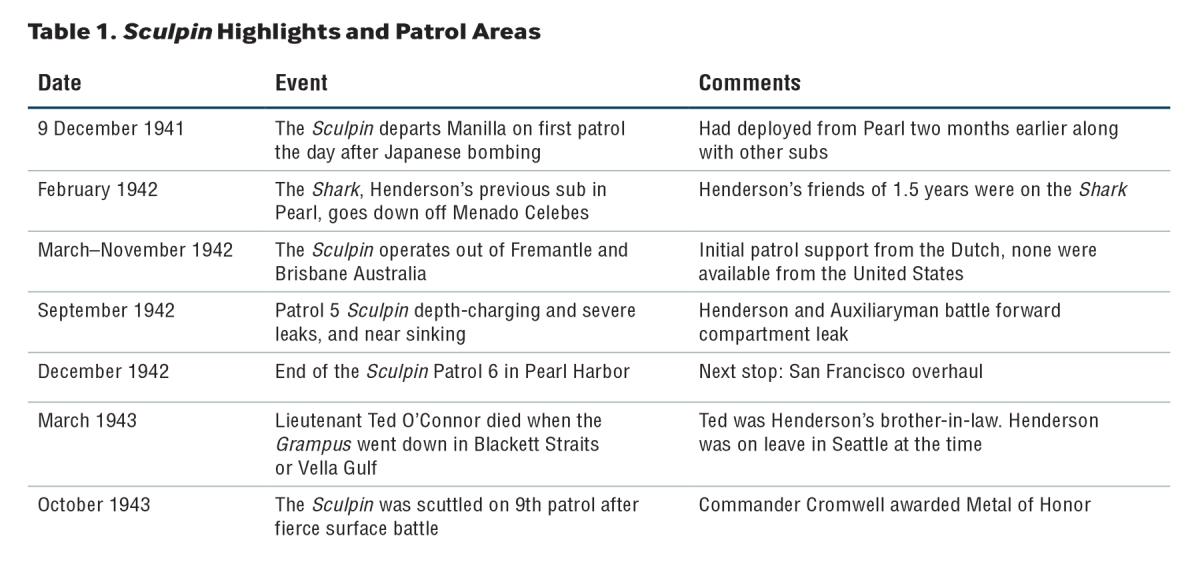
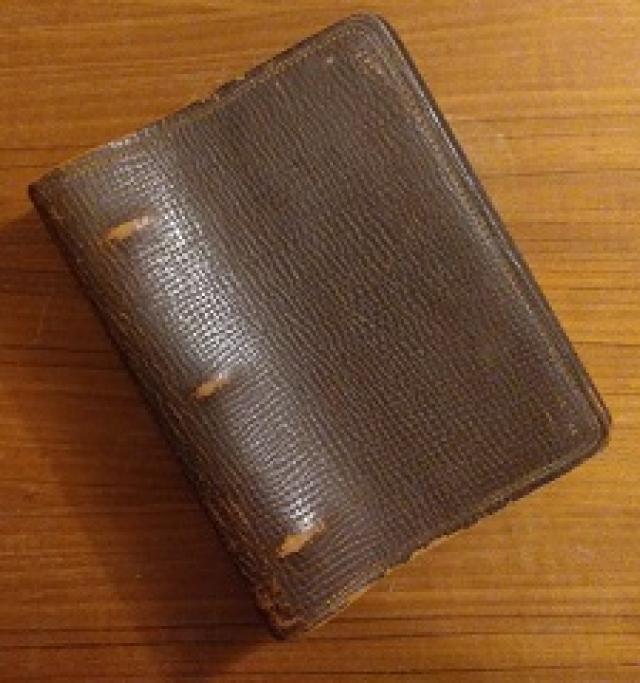
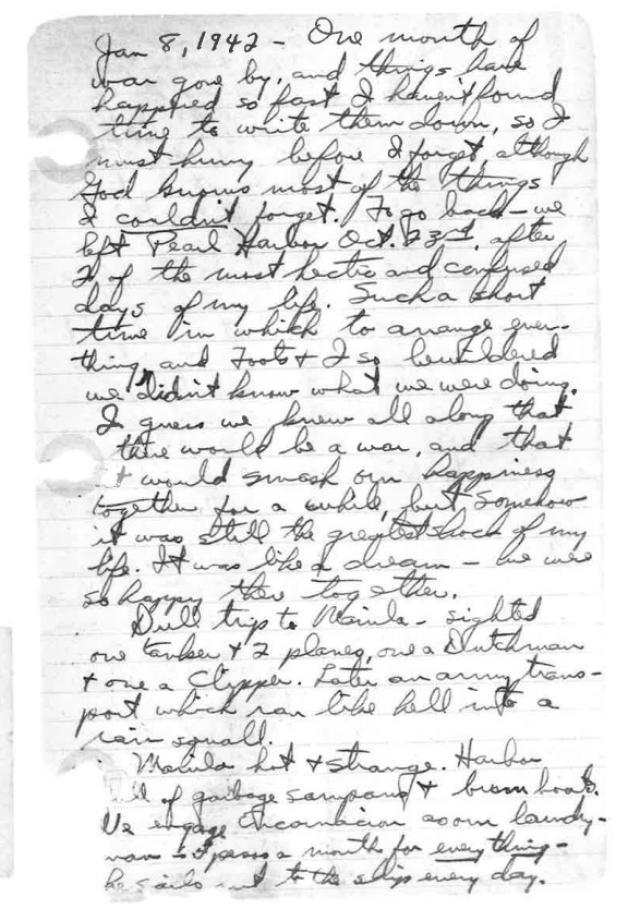
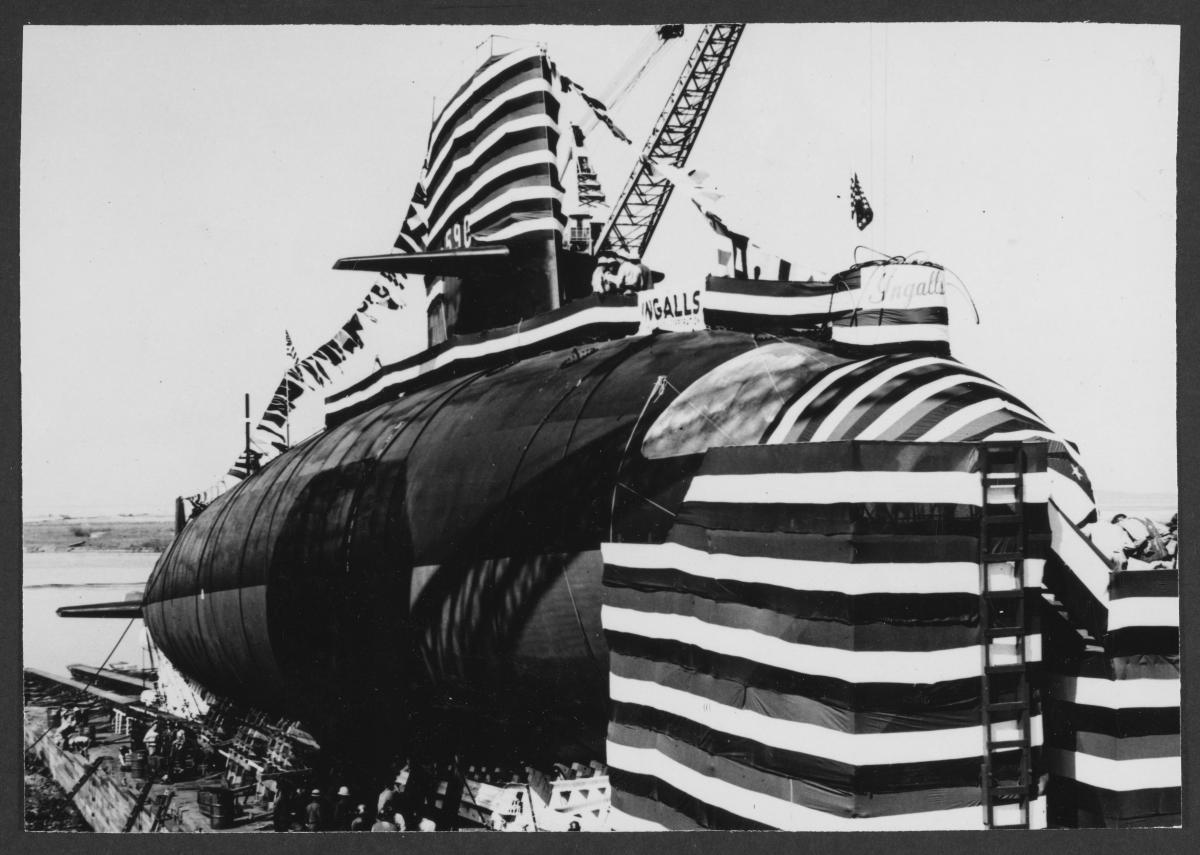
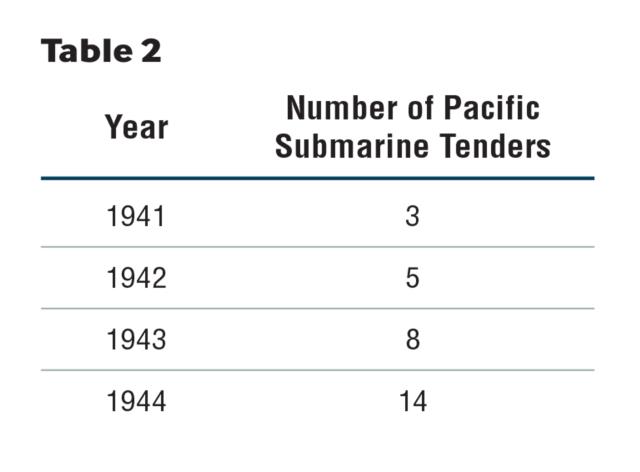



 RSS Feed
RSS Feed
